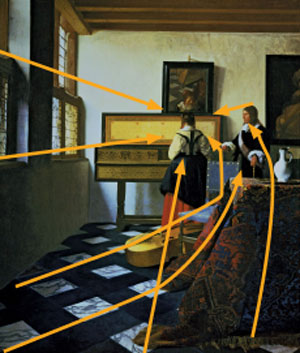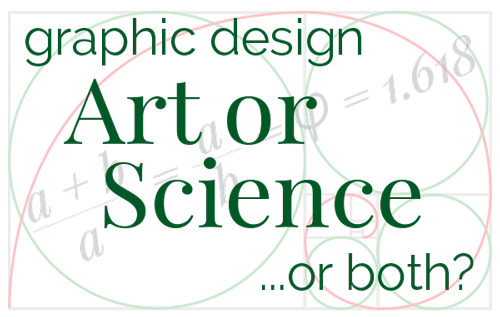Whatever the design brief, a professional graphic designer, just like an architect, an engineer or a product designer applies certain parameters to their designs to ensure a specific outcome.
In some cases, the criteria for these parameters are, indeed, scientific formulas that have been proven over centuries to achieve a specific desired outcome.
Of course, you cannot design by mathematics alone. A successful piece of design – graphic or otherwise – requires a combination of skills and talents to work well. Just knowing all of the techniques will not make you a good graphic designer. The very best graphic designers will use these proven techniques in tandem with the most important asset they possess; one which, arguably, cannot be learned or taught – raw creative talent.
Tracking Eye Movement
For Bulldog, this is the most critical consideration for any graphic design we work on. We have been aware of this phenomenon since our earliest days studying the art of the Great Masters.
The human brain is an impossibly complex system of electrical pulses that effect the way we see, understand and interpret the world around us.
I would not profess to understand even a fraction of its capabilities, but I have learned how to harness some of that power and use it to my advantage as a designer.
When we look at something - anything - our eyes take in the information and our brain instantly processes that information.
It all happens in a millisecond and sets out our entire interpretation of what we see. It is my job, as a professional graphic designer, to lead the viewer through that millisecond journey to where I want them to go.

The example shown here is Vermeer’s The Music Lesson, painted in the 1660s. It is a classic example of the artist using elements of his composition to draw the viewer’s eye to the central character of the work.
Vermeer captures our attention and focuses us on the lady using lines of vision and perspective. There are very many more techniques employed here involved in light and juxtaposition that are far too extensive to go into here, but the point is – we are NOT in control of how we are perceiving this painting!
Another technique used extensively by the likes of da Vinci and Michelangelo is one we can use today in graphic design.
The Golden Ratio
This is a principle of proportion, discovered centuries ago to be the most natural and ‘comfortable’ ratio between given elements in a composition. The Golden Ratio results in a composition being received effortlessly by the viewer. The calculation is a combination of element measurements that result in a specific ratio of Phi or 1:1.618 - and it works!
Should we wish to calculate this on paper, it would look like this:
a+b/a = Phi (or 1.618)
Of course, we don’t sit down and work within those confines from the start. A trained and experienced graphic designer knows these important ratios and applies them as they work.
It has become second nature to us to apply eye tracking and Golden Ratio to our designs, whether it be advertising, print design or branding.
So, yes! Graphic design certainly is a science. It is unique, however, because great design combines the certainty and unequivocal outcome of mathematics with the absolute unpredictability of creativity.



